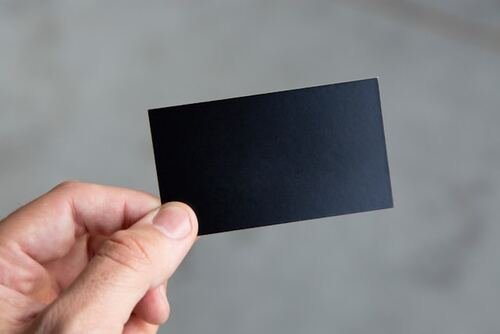Are you looking to make a memorable first impression with potential clients or collaborators? A thoughtfully crafted business card can set the stage for building strong professional connections. Designing an impactful card requires more than just listing contact details; it should convey the essence of your brand and leave a lasting impression.
A good starting point for effective business card printing is considering the elements that communicate your brand values. From selecting the right colours and fonts to choosing a unique layout, each component makes your card stand out. Here are some practical tips to help you create a card that resonates.
Selecting the Right Shape and Layout
The first step in creating a memorable card is deciding on its shape and structure. Standard rectangular cards are common, but unique shapes can give a fresh twist. Opting for a rounded edge, square design, or vertical orientation can make your card memorable while still keeping it professional.
Your layout should balance aesthetics and information. Avoid overcrowding by selecting a design that emphasises your brand name or logo and makes contact details easy to find. Remember, your chosen layout sets the tone for the message you wish to convey.
Choosing the Perfect Colour Scheme
Colours can evoke emotions and play a vital role in making your card stand out. The colour palette should be consistent with your brand identity, aligning with the colours on your website, logo, and other branding materials. If your business represents creativity, consider vibrant, bold colours, while more subdued tones work well for traditional or formal professions.
While using multiple colours is tempting, a simple and focused palette usually has a stronger impact. Select colours that make text easy to read and ensure high contrast between background and font colours for clarity. A well-coordinated colour scheme not only enhances readability but also reflects professionalism.
Making Fonts Work for You
Typography is a powerful tool in business card design, helping to communicate the tone of your brand. Bold fonts can add a sense of confidence, while clean, sans-serif styles are often associated with modernity and simplicity. Choose fonts that are legible and appropriate for your industry; avoid overly decorative fonts, as they can make the text hard to read.
Aim for consistency in font style and size across your materials. Your name or brand name should usually be more prominent, while contact information can be smaller but still readable. Paying attention to font choice ensures that your card communicates effectively and professionally.
Adding Key Information Without Overloading
A business card should provide essential details without overwhelming the reader. Limit your information to necessary contact points, like your name, title, phone number, email, and company website. Including social media handles can be beneficial, especially for industries that rely on digital presence.
Organise the information to make it easily scannable. Bullet points can be a practical way to separate details, ensuring nothing appears cluttered.
- Name and job title
- Company phone number or personal contact number
- Professional email address
- Website or portfolio link
When space is limited, focus on the contacts most likely to reach your audience. Avoid overcrowding to keep your card visually appealing and readable.
Creating a powerful impression begins with effective business card printing that captures your brand’s essence and presents it elegantly. A thoughtfully designed card doesn’t just carry your information; it reflects who you are and what you offer. Choosing the right blend of layout, colours, typography, and material can make your card memorable and impactful, ensuring that it stands out from the rest.




